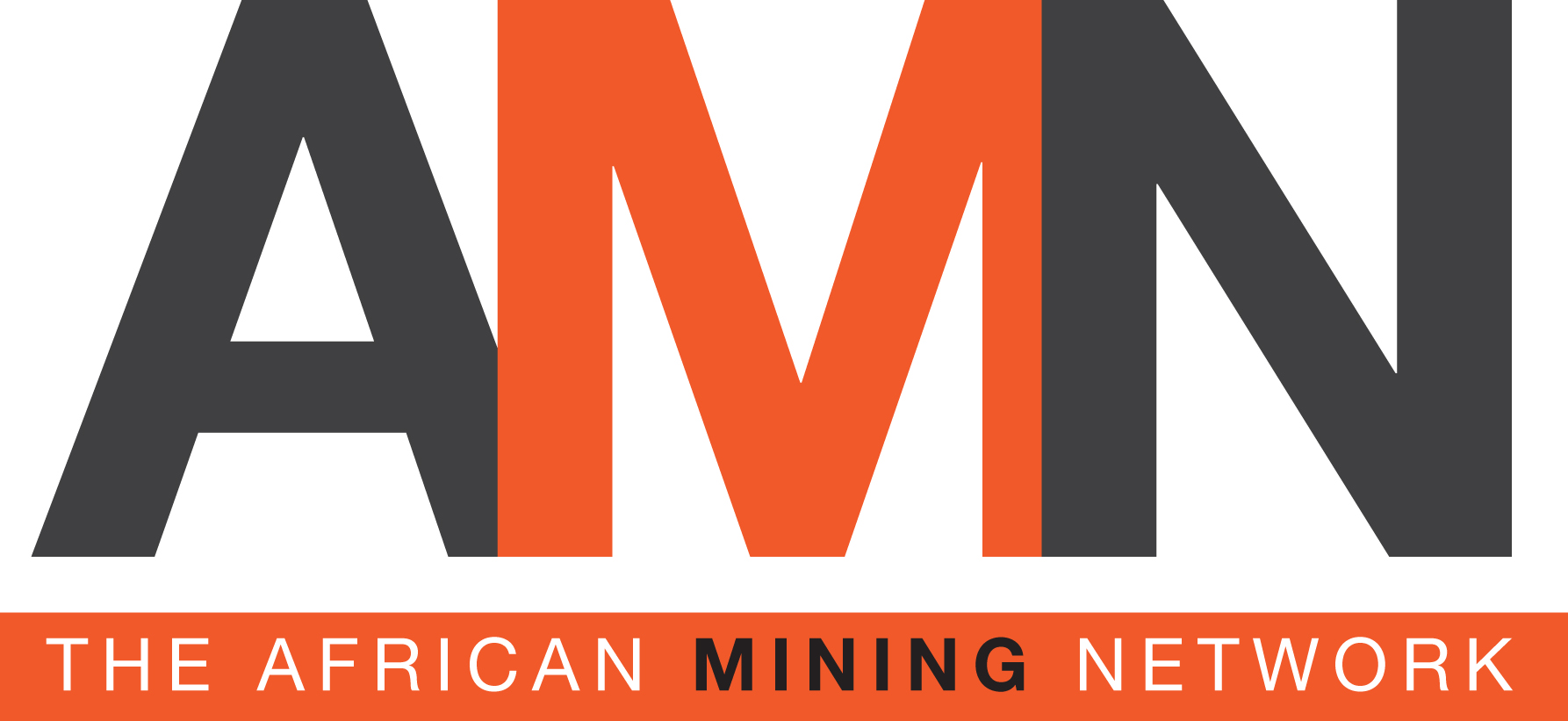- Yolanda Torrisi
- +61 412 261 870
- yolanda@yolandatorrisi.com
- Nina van Wyk
- +27 82 926 3882
- nina@africanminingnetwork.com
Measures to limit emissions and diversify China’s economy are having real results on the nation’s coal usage, according to Sarah Liu, Deputy General Manager of Fenwei Energy. Ms Liu, who will give a keynote presentation at the International Mining and Resources Conference and Expo in Melbourne in October, said that China had taken steps to reduce coal consumption to meet its goal of reducing its proportion in its energy mix to below 58% by 2020.
“China is very close to meeting its emissions target,” Ms Liu said. “Coal accounted for 59% of China’s overall energy consumption last year, with gas, nuclear power and renewable energy making up around 22%.”
Ms Liu’s address in IMARC’s Global Opportunities stream will examine the latest changes in China policy and the impact on global markets. She will be one of several speakers and panelists examining successful Chinese partnerships and Chinese investment and operations in Australia.
The Global Opportunities stream will also discuss challenges and opportunities in Africa, Latin America, Mongolia, Canada and Australia.
Ms Liu’s comments are also relevant to IMARC’s energy conference, one of five concurrent conferences, looking at clean and renewable energy and critical minerals supply.
While coal’s slice of the energy mix is shrinking in China, the world’s biggest coal consumer still used more of the resource last year in absolute terms than in 2017, according to China’s National Bureau of Statistics. These numbers reflect a changing economy and a shift towards cleaner energies according to Ms Liu.
“China is promoting power replacement for coal in the form of gas and renewables. China is also supporting the usage of clean coal technologies,” Ms Liu said.
By the end of the third quarter of 2018, the capacity of ultra-low emissions coal power generators in China reached more than 750 million kilowatts, accounting for more than 75% of the country’s total installed capacity of coal power generation.
This transformation has resulted in an 86% decrease in sulphur dioxide emissions, 89% cut in nitrogen oxides, and 85% less smoke dust from 2012 to 2017, according to the China Electricity Council.
On top of structural changes, the shift from a manufacturing-based economy to a service economy is also changing the outlook for coal.
“The Chinese economy has been changing in recent years, and so has power consumption per sector,” Ms Liu said.
“The growth rate of energy-intensive industries such as factories and construction is beginning to slow down, while the services sector is rapidly rising.”
In 2018, the service sector consumed 1.08 trillion kilowatt-hours an increase of 12.7% compared with the previous year.
Electricity used by information transmission, software and information technology services continued the rising trend in recent years, surging 23.5% year-on-year according to the China Electricity Council.
These policy changes come at a time that when the world’s biggest mining companies – many of which are clients of Fenwei Energy - are rethinking their outlook for coal.
Global mining company Rio Tinto has divested from thermal coal with other majors including BHP and Glencore vowing to transition out of the commodity sooner than expected.
While creating headlines, Ms Liu isn’t shaken saying that these are diversified mining companies which are optimising their business strategies.
“Companies such as Yancoal Australia, which purchased assets from Rio Tinto in Queensland still see value and a business case for thermal coal,” she said.
Yancoal Australia is Australia’s largest pure-coal producer.
The company produced 32.9 million tonnes of saleable thermal and metallurgical coal in 2018 for export into international markets and in 2019 was aiming for 35 million tonnes.
Ms Liu said: “There is still a great demand for coal, and it will exist in the Chinese energy mix for some time to come.”
IMARC’s focus on energy comes as rising energy costs and changing perspectives on the environment and sustainability are affecting global mining operations, especially those operating in Australia.
Fenwei Energy, Yancoal and Rio Tinto will join more than 300 thought leaders across the Mining, METS and Government sectors discussing ways to manage and overcome such issues, especially seen in new partnerships that focus on alternative and clean energy solutions at the Melbourne Convention & Exhibition Centre from October 29 to 31.
The South Australian Government will also discuss its transition to clean energy – a controversial topic since storms in 2016 caused widespread blackouts, with opinion divided as to whether the reliance on renewable energy was to blame.

